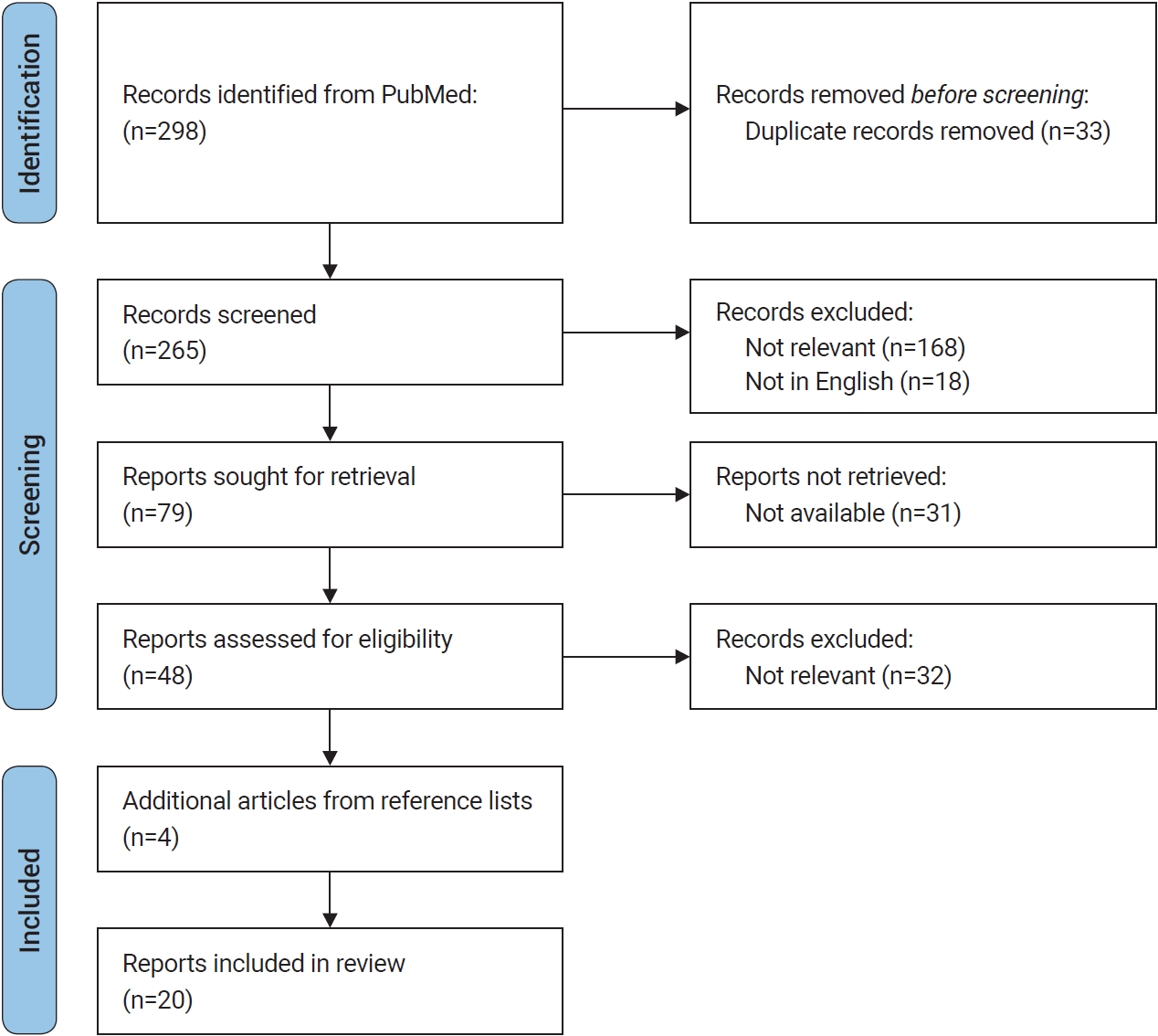1. Batjer H, Samson D. Surgical approaches to trigonal arteriovenous malformations. J Neurosurg. 1987 Oct;67(4):511-7.


2. Bitoh S, Hasegawa H, Fujiwara M, Nakata M, Sakurai M. Cryptic vascular malformation of the choroid plexus. Surg Neurol. 1981 Jul;16(1):72-6.


3. Britt RH, Enzmann DR. Third ventricular choroid plexus arteriovenous malformation simulating a colloid cyst. J Neurosurg. 1980 Feb;52(2):246-50.


4. Cioca A, Gheban D, Perju-Dumbrava D, Chiroban O, Mera M. Sudden death from ruptured choroid plexus arteriovenous malformation. Am J Forensic Med Pathol. 2014 Jun;35(2):100-2.


5. Conway K, Smith Z, Nguyen T, Hlavaty L, Venneti S, Camelo-Piragua S, et al. Incidental massive hydrocephalus associated with an unruptured choroid plexus arteriovenous malformation and complete agenesis of the corpus callosum found in an adult at autopsy. Am J Forensic Med Pathol. 2020 Dec;41(4):327-30.


6. da Silva HM, da Silva LR, Paschoal EH, Chaddad Neto FE, Bordini CA, Speciali JG. Ventricular arteriovenous malformation bleeding: A rare cause of headache in children. Case report. Arq Neuropsiquiatr. 2004 Jun;62(2B):528-30.


8. Fahim DK, Relyea K, Nayar VV, Fox BD, Whitehead WE, Curry DJ, et al. Transtubular microendoscopic approach for resection of a choroidal arteriovenous malformation. J Neurosurg Pediatr. 2009 Feb;3(2):101-4.


9. Gurcan F, Aribal ME, Baltacioglu F, Asian B. Arteriovenous malformation of the choroid plexus. Australas Radiol. 1998 Feb;42(1):69-71.


10. Heafner MD, Duncan CC, Kier EL, Ment LR, Scott DT, Kolaski R, et al. Intraventricular hemorrhage in a term neonate secondary to a third ventricular AVM. Case report. J Neurosurg. 1985 Oct;63(4):640-3.

11. Hodge CJ, King RB. Arteriovenous malformation of choroid plexus. J Neurosurg. 1975 Apr;42(4):457-61.


12. Kochanski R, Johnson A, Roham M. Bilateral thalamic edema from coexisting choroid plexus arteriovenous malformation and sinus thrombosis: Case report. Turk Neurosurg. 2017 27(5):823-6.

13. Matricali B. Arteriovenous malformations of the choroid plexus operative technique. Clin Neurol Neurosurg. 1981 83(2):95-9.


14. Meijer-Jorna LB, Aronica E, van der Loos CM, Troost D, van der Wal AC. Congenital vascular malformations - cerebral lesions differ from extracranial lesions by their immune expression of the glucose transporter protein GLUT1. Clin Neuropathol. 2012 May-Jun;31(3):135-41.


15. Miyasaka Y, Yada K, Ohwada T, Morii S, Kitahara T, Kurata A, et al. Choroid plexus arteriovenous malformations. Neurol Med Chir (Tokyo). 1992 Apr;32(4):201-6.


16. Quencer R, Rosomoff H, Green B. Lateral decubitus pneumoencephalography-angiography for localizing atrial and paraatrial vascular lesions. AJR Am J Roentgenol. 1979 Apr;132(4):617-22.


17. Roda JM, Moneo JH, Villarejo FJ, Morales C, Bl├Īzquez MG. Cryptic arteriovenous malformation of the choroid plexus of the third ventricle. Surg Neurol. 1981 Nov;16(5):353-6.


18. Santoreneos S, Blumbergs PC, Jones NR. Choroid plexus arteriovenous malformations. A report of four pathologically proven cases and review of the literature. Br J Neurosurg. 1996 Aug;10(4):385-90.


19. Stata Corp. Stata Stat Softw Release 15. College Station, TX: StataCorp LLC; 2017.
20. Tamaki M, Ohno K, Asano T, Niimi Y, Uchihara T, Hirakawa K. Cryptic arteriovenous malformation of the choroid plexus of the fourth ventricle-Case report. Neurol Med Chir (Tokyo). 1994 Jan;34(1):38-43.


21. Waga S, Shimosaka S, Kojima T. Arteriovenous malformations of the lateral ventricle. J Neurosurg. 1985 Aug;63(2):185-92.


22. Wakai S, Andoh Y, Nagai M, Teramoto C, Tanaka G. Choroid plexus arteriovenous malformation in a full-term neonate. Case report. J Neurosurg. 1990 Jan;72(1):127-9.

24. Zimmerman RA, Bilaniuk LT. Computed tomography of choroid plexus lesions. J Comput Tomogr. 1979 Jun;3(2):93-103.










 PDF Links
PDF Links PubReader
PubReader ePub Link
ePub Link Full text via DOI
Full text via DOI Full text via PMC
Full text via PMC Download Citation
Download Citation Print
Print



